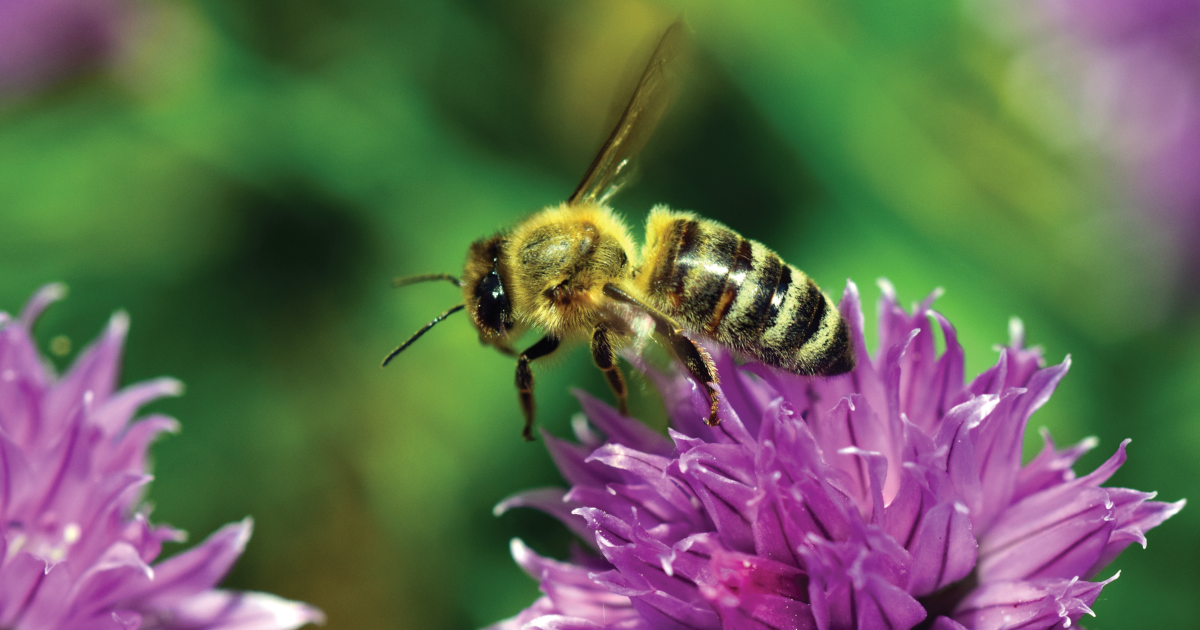
Neonicotinoids Pose Ecosystemwide Threat
Unbeknownst to many Americans, a majority of soybean, corn, canola and sunflower seeds planted in the U.S. are precoated with neonicotinoid insecticides, also known as “neonics.” Needless to say, since the chemical is taken up systemically through the plant, it cannot be rinsed off.
A 2015 report by the American Bird Conservancy revealed neonics were found in congressional cafeteria food, demonstrating just how pervasive they have become in our food supply.
December 10, 2019 | Source: Mercola.com | by Dr. Joseph Mercola
Unbeknownst to many Americans, a majority of soybean, corn, canola and sunflower seeds planted in the U.S. are precoated with neonicotinoid insecticides,1 also known as “neonics.” Needless to say, since the chemical is taken up systemically through the plant, it cannot be rinsed off.
A 2015 report2 by the American Bird Conservancy revealed neonics were found in congressional cafeteria food, demonstrating just how pervasive they have become in our food supply.
Wildflowers growing around the margins of fields are also severely contaminated with neonics, and the concentrations of the toxin in the pollen and nectar of these flowers are sometimes higher than the levels found in the crop itself.3
More than half of garden plants attractive to bees sold at garden centers — such as tomatoes, squash, salvia and various flowers — are also pretreated with these toxic pesticides.4,5 This is a travesty, as many add flowering plants to their garden to support the local pollinator population, not realizing their garden is actually contributing to the pollinators’ decline.
Neonicotinoids Are an Ecosystemwide Threat
Ironically, neonicotinoids were originally introduced as a safer alternative to other pesticides, yet studies over the years have repeatedly found the opposite to be true. As summarized in “The Environmental Risks of Neonicotinoid Pesticides: A Review of the Evidence Post 2013,” published in 2017:6
Neonicotinoid pesticides were first introduced in the mid-1990s, and since then, their use has grown rapidly. They are now the most widely used class of insecticides in the world, with the majority of applications coming from seed dressings.
Neonicotinoids are water-soluble, and so can be taken up by a developing plant and can be found inside vascular tissues and foliage, providing protection against herbivorous insects.
However, only approximately 5% of the neonicotinoid active ingredient is taken up by crop plants and most instead disperses into the wider environment. Since the mid-2000s, several studies raised concerns that neonicotinoids may be having a negative effect on non-target organisms, in particular on honeybees and bumblebees …
Whilst much of the recent work has focused on the impact of neonicotinoids on bees, a growing body of evidence demonstrates that persistent, low levels of neonicotinoids can have negative impacts on a wide range of free-living organisms.
Similarly, the American Bird Conservancy in 2013 warned:7
It is clear that these chemicals have the potential to affect entire food chains. The environmental persistence of the neonicotinoids, their propensity for runoff and for groundwater infiltration, and their cumulative and largely irreversible mode of action in invertebrates raise significant environmental concerns …
‘Silent Spring’ All Over Again
While much attention has been given to the health and environmental dangers of widespread glyphosate use in modern agriculture, neonicotinoids are just as potent a threat. Neonics are powerful neurotoxins and, to bees, it’s 1,000 times more toxic than DDT.8
This class of insecticide has been identified as a leading cause of bee die-offs around the world, which in and of itself threatens the global food supply. As the treated seed grows into a plant, the chemicals travel systemically through the plant and kill insects that munch on their roots and leaves9 by attacking their nervous systems.
The pesticides are taken up through the plant’s vascular system as it grows, and, as a result, the chemical is expressed in the pollen and nectar of the plant. One of the observed effects in bees is a weakening of the bee’s immune system.10 Forager bees bring pesticide-laden pollen back to the hive, where it’s consumed by all of the bees.
About six months later, their immune systems fail, and they end up contracting secondary infections from parasites, mites, viruses, fungi and bacteria. The chemicals have also been shown to trigger immunosuppression in the queen bee,11 thus leading to the collapse of the hive.
Studies are now warning that birds feasting on insects killed by neonicotinoids are in decline,12 and researchers have also found that neonics can persist and accumulate in soils.
Since the chemicals are water-soluble, they leach into waterways where other types of wildlife may be affected. As noted in a 2013 scientific review13 of neonicotinoids, “the prophylactic use of broad-spectrum pesticides goes against the long-established principles of integrated pest management, leading to environmental concerns.”
Indeed, the European Union banned neonicotinoids for outdoor use in 2018 due to environmental concerns,14 specifically the chemicals’ impact on the bee population. A September 12, 2019, article15 in The Revelator discusses recent research showing neonics affect far more than its target species though, both directly and indirectly.16
According to the authors, “Although many members of the ecosystem may not be exposed to sufficient doses of insecticides to suffer acutely lethal poisonings, sublethal and indirect adverse effects have been demonstrated to occur.”17
The study18 also found that American agricultural land is now “48 times more toxic to insects than it was 20 years ago,” and that neonicotinoids accounted for 61% to 99% of the toxic load in 2014. Between 1992 and 2014, neonics accounted for 92% of the total acute insecticide toxicity load. According to the authors:19
[O]ur screening analysis demonstrates an increase in pesticide toxicity loading over the past 26 years, which potentially threatens the health of honey bees and other pollinators and may contribute to declines in beneficial insect populations as well as insectivorous birds and other insect consumers.
